Yugoslavia’s Compact 9mm Submachine Gun, The Zastava Master FLG

The Zastava Master FLG is a compact 9mm submachine gun developed by Zastava, the renowned Yugoslavian (now Serbian) arms manufacturer located in Kragujevac. Known for its heavy-duty line of military small arms, Zastava developed the Master FLG in the early 1990s as part of its effort to modernize personal defense weapons (PDWs) for military, police, and special operations forces. Although not widely known globally, the FLG represents a blend of Balkan engineering philosophy: durable, simple, and purpose-built.
Zastava Guns @ TFB:
- Zastava M64. Part 1. The Unusual History of Yugoslavian AKs
- Zastava AKs, Part 2. M70 – The First Mass-Produced Yugoslavian Kalashnikov
- Zastava M21 – The New Generation Kalashnikov Rifle From Serbia That Never Caught On
In response to the evolving tactical needs of military and police special units, the Military Council of the Yugoslav Army made a decisive move in 1993: it initiated the domestic development of a submachine gun chambered in the widely used 9x19mm Parabellum pistol cartridge. The goal was to reduce dependence on foreign imports and tailor the weapon to the specific requirements of local forces.
During this process, two parallel design philosophies emerged. The Military Technical Institute (VTI) in Belgrade proposed a design heavily inspired by the Israeli UZI (M97), which is known for its simple blowback operation and open-bolt design. In contrast, the engineering team at Zastava Arms in Kragujevac supported a more ambitious concept: a gas-operated automatic rifle based on the principles of the FAZ or the Zastava Family of Automatic Weapons, which is used in Zastava's Kalashnikov rifle designs.
Development of the Master FLG, under the leadership of Colonel Marinko Petrović, a development team composed of Zoran Vučković, Mika Aleksić, Miloš Savić, Dragan Stevanović, Marin Lakić, and Master Engineer Dragoljub Matović, undertook the project. By 1996, they had completed the Master FLG, a unique 9mm submachine gun that featured a gas-operated and rotating locking bolt, an uncommon configuration in the world of submachine guns at the time, which allowed them to lighten the weight of the operating system.
Today, we can see successful designs with similar action gain traction, such as the German MP7 and the Russian SR2.
The Master FLG was developed during a tumultuous period in the Balkans. In the wake of Yugoslavia’s disintegration and amidst rising conflict in the region, Zastava Arms sought to diversify its offerings, particularly to equip domestic security forces with more compact, urban-combat-suited firearms.
While Zastava’s earlier designs, like the M70 series of AK variants, were well suited for traditional battlefield roles, the Master FLG was tailored for close-quarters engagements. The need for a smaller, controllable, and easily maneuverable firearm led to the Master FLG’s development. Its primary intended users were police units, vehicle crews, and special forces personnel operating in confined environments.
There are several known variants of the Master FLG, with minor differences in stock design, barrel length, and fire control mechanisms. The Master FLG K is among the better-known models, distinguished by a shorter barrel.
In terms of performance, the Zastava Master FLG compares favorably with other submachine guns in its class. It is compact and offers reliable operation, although it lacks some of the modularity and ergonomic refinements of more modern SMGs like the Heckler & Koch MP5 or B&T APC9. Had the Master FLG experienced further development, we might have seen a comparable modernization for mounting enablers.
What sets the FLG apart is its rugged simplicity. It was built not for finesse but function, a trait valued in environments with minimal maintenance support and harsh conditions. Despite the innovation and engineering success behind the Master FLG line, the weapon failed to move beyond limited prototype production. Its relatively complex gas-operated mechanism and a lack of significant domestic or export demand ultimately confined the design to developmental history.
The Zastava Master FLG may not be as well-known as some other submachine guns, but it exemplifies practical, function-driven design that emerged from real-world needs. As Serbia and the former Yugoslav republics moved from the Cold War era to a period of internal conflict and reform, weapons like the FLG could have played a crucial role in equipping security forces and promoting self-reliance through domestic production.
Today, the FLG may be seen as a legacy weapon, overshadowed by more modern, modular, and lightweight designs, but it shows Zastava’s adaptability and engineering resilience. For collectors and firearms historians, the FLG offers insight into the evolution of post-Yugoslav small arms and the region’s approach to security challenges during a pivotal era.

Lynndon Schooler is an open-source weapons intelligence professional with a background as an infantryman in the US Army. His experience includes working as a gunsmith and production manager in firearm manufacturing, as well as serving as an armorer, consultant, and instructor in nonstandard weapons. His articles have been published in Small Arms Review and the Small Arms Defence Journal. https://www.instagram.com/lynndons
More by Lynndon Schooler








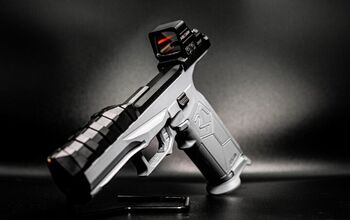

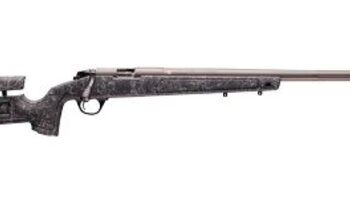
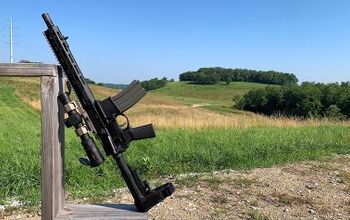




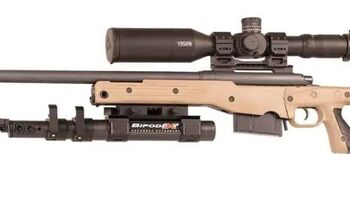


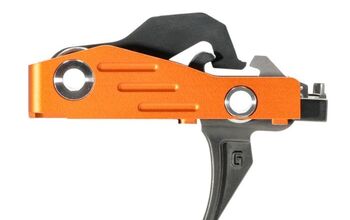
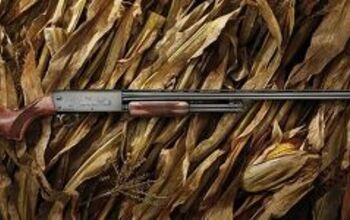
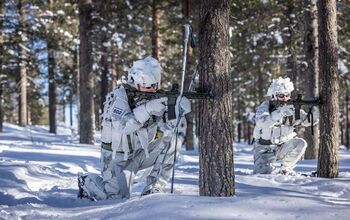

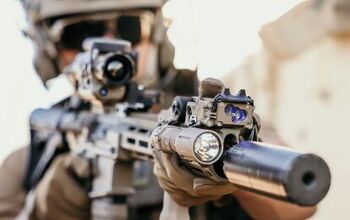
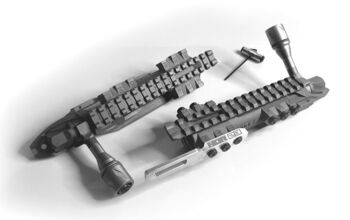
Comments
Join the conversation
Cold War ugly.